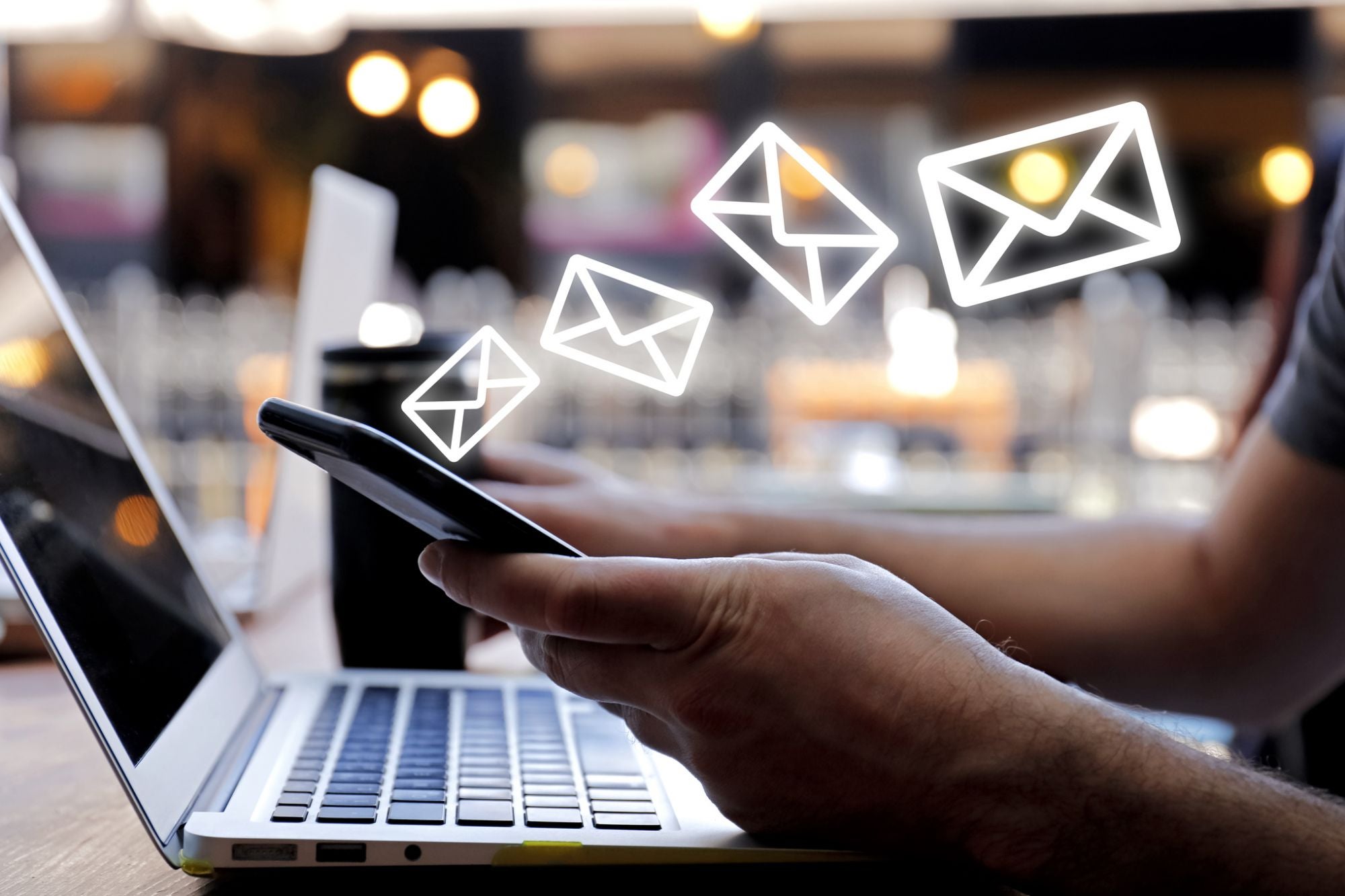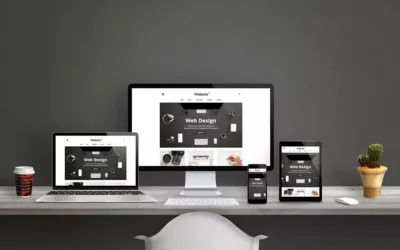INTRODUCTION
A well organized contact list can be used to drive sales and better reach business’ prospects through thoughtful and targeted email campaigns. When brands focus on being authentic and helpful, they earn more of their customer’s attention and improve their chances of converting them. Segmenting contacts based on criteria and crafting unique ways to communicate with them at each moment in the customer value journey lets a company maximize the effectiveness of their marketing campaigns.
TLDR SUMMARY
1. How to Use Email Marketing
2. Build a Solid Email List
3. Audience Segmentation
4. Craft Engaging Emails
5. Keep it Short and Sweet
6. Write Descriptive Preview Text
7. Don’t Overuse Jargon
8. Have a Clear Call To Action (CTA)
9. A/B Test Your Emails
10. Measure Success and Track Results
11. Conclusion
1. How to Use Email Marketing
Is email marketing dead? The demise of email marketing has been greatly exaggerated over the years, with more B2B professionals believing that social media has usurped traditional email as a businesses’ go-to method for reaching their audience and driving sales. However, this couldn’t be further from the truth. A report from HubSpot predicts that 37% of brands will increase their email marketing budget in 2023. While so many of the email campaigns that businesses attempt end up yielding little results, it often comes down to the fact that they just aren’t executing them the right way (Don’t worry, email, not that kind of execution). Sure, social media platforms are in our audiences’ faces the most, but those platforms must wait for the audience to interact with them, whereas email can spring up in a mobile notification and jog a prospects memory. There are still several instances where email marketing is proven to be a more effective strategy, with greater personalization, customization, and ability to gather insights for further targeting. This blog should serve as a guide for B2B email campaign managers who are looking to transform their contact list from another boring spreadsheet into a super-charged revenue machine. But first, double-check that you have an email list.
2. Build a Solid Email List
If you run a business you most likely have a list of email addresses that were collected some way or another. Some may come from a contact form on your website, a free trial or meeting request form, while others could be taken down when talking to prospects and customers in person or at trade shows. There are multiple ways to build a strong email list and you should try as many of them as you can. You can implement a landing page on your website, add a sign-up button on your social media platforms, and even task your staff that answers the company phone to collect email addresses from callers. The key is to gather as much information about your future customers as possible so that you can better target them again in the future. The easier you can make it for people to give you their email address, the better. But as we all know, email is filled with spam these days, so make sure to offer something worthwhile, like a raffle drawing to win a prize, or a subscription to a newsletter. As time goes on, you will update the list with new contacts and clear out any email addresses that are not receptive to your message, or are undeliverable. This will ensure you have a dynamic and growing email list of your target audience.
3. Audience Segmentation
The first step in personalizing an email list is the process known as audience segmentation, which is breaking the contacts out into different groups based on certain criteria. Audience segments are created by assigning tags or values to email contacts in an email management system based on various attributes. Segmented emails allow you to create the perfect message for a specific audience depending on where they are in the customer journey which greatly increases the probability of conversion. MailChimp reports that audience-segmented emails have a nearly 15% higher open-rate compared to non segmented emails. Whether segments are based on customer interests or actions they have taken, or where they live geographically, you can segment your audience in such a way that you can develop a message that is bespoke for their place in the customer value journey versus sending more general emails to all of your contacts. Developing your brand’s audience segments might include building different groups for B2B prospects versus direct consumers, or people who have interacted with your brand in the last 90, 60, or 30 days respectively, or prospects who have never interacted with your brand at all.
4. Craft Engaging Emails
Writing an email that captures the interest of your audience is probably the hardest and most important part of an email campaign strategy. Analytical types can streamline audience targeting and perfectly optimize the time of day to send an email down to the minute, but if the subject and headline don’t pique the reader’s interest, it’s all for nothing. You’ll want to spend a good amount of time developing a catchy subject line that will attract your audience. It’s much easier said than done, and there’s really no one-size-fits-all template to follow. There are some good rules to follow, though, that will help you get to the point and capture audience attention.
5. Keep it Short and Sweet
According to Salesforce, subject lines with less than 50 characters have a higher open rate than longer subject lines as well as higher click-through rates. Additionally, a majority of emails are opened on mobile devices where the subject line may be cut off after 30 or so characters compared to desktop computer screens. Regardless of where the email is read, the more brief and punchy the subject line is, the better it tends to perform in general.
6. Write Descriptive Preview Text
This is the little snippet that acts as a brief summary of the contents of the email the TL:DR if you will. Preheader text will let readers know a little more about the details of your message and help urge recipients to open your email and learn more.

7. Don’t Overuse Jargon
What’s the ROI or your CAC? Here’s 5 KPIs to monitor and boost ROAS. See how business jargon can turn people off to your message? Speak to the reader in a way that is conversational and that can be understood by industry insiders and beginners alike. Research by Harvard Business Review showed that the use of jargon ultimately can hurt your chances of connecting with an audience that may not be as steeped in your area of expertise. Remember that clear communication is key when delivering your company’s message.
8. Have a Clear Call To Action (CTA)
A call to action is a simple next step in asking for your contact’s business, or at least their attention for a while longer. Having a “Book an Appointment Today” button with a link to your website is the most direct kind of CTA’s and is necessary to get customers to take the next step with your brand. “Subscribe to our mailing list for special offers and company news” is an example of an indirect approach of asking permission to stay in contact in exchange for some value. Use a mix of direct and indirect calls to action and optimize what works best for your business. The list of rules could go on and on, but remember that people eventually buy from other people, not corporate entities. Make sure that when your business sends an email it sounds as though it’s coming from a real person. Authenticity and connection are integral to people developing relationships and opinions on brands they interact with.
9. A/B Test Your Emails
A/B testing allows you to send slightly different versions of the same email to two groups from the same segment so that you can determine the impact of the changes you’ve made to the email. We developed a 5-step process for A/B testing that explains how to do this and track the results. The ability to visualize the impact of the variations of your emails with a limited cohort allows you to optimize emails for the larger audience as a whole, saving time on large-scale trial and error.
10. Measure Success and Track Results
The most important part of a successful email strategy is ensuring that it delivers the results you want. You’ll want to track the performance of every effort you put into your emails, from where your calls to action are placed in the body of the email, to what time of day you send out emails, and even how many emoji’s and exclamation points are used in each message (tip: use emojis and exclamations, but sparingly). A question you need to ask yourself is “what does a successful email campaign look like to my brand?” Email can serve entirely different purposes depending on your business model. For instance, a roofing contractor who wants to retain maintenance program members might send out reminder emails as well as some Roofing 101 education emails that keep their customer base engaged, and their roofing company top of mind. On the other hand, an e-commerce brand is probably more concerned with driving direct conversions and will email several times a month with deals, product announcements and trends that delight potential customers. Focus on your businesses’ goals to determine what works best for you, and don’t be afraid to become hyper-focused on a particular niche that drives a majority of your conversions.
CONCLUSION
As you analyze the performance of your email campaigns you’ll quickly learn what aspects work and which ones don’t. Adjust your content and approach accordingly to track progress over time. Email campaigns work best when they are executed with consistency, and practice will eventually make it pretty close to perfect with a solid email strategy. Many businesses are often shocked to realize that they already have the foundation they need to begin running lucrative email campaigns that boost revenue and power growth. Simply asking for contact information and spending a little time organizing that data before reaching out to contacts can be the difference between a brand just getting by and one that develops a successful, well-oiled marketing machine.
Need help getting started with email marketing campaigns? At Estes Media we strive to be your “digital marketing agency partner” who can help set you up for long-term success through professionally designed and executed marketing strategies. Our team can tackle the digital marketing work for you while you focus on running your business! Contact us here.





